How to Recover Unsaved Excel Files (2022 Tips)
Did you forget to save Excel files on a Windows PC? Follow the steps below to recover unsaved Excel files with simple clicks.
| Workable Solutions | Step-by-step Troubleshooting |
|---|---|
| Recover Unsaved Excel Workbooks | Open a new or an Excel workbook. Go to "File > Open"...Full steps |
| Recover Updated Excel Files | Open the Excel application, find "Recovered" and click "Show Recovered Files"...Full steps |
| Recover from Previous Versions | Open Excel, and click "File" > "Info" > "Manage Workbook"...Full steps |
| Recover Overwritten Excel Files | Enter the OneDrive official page and sign in to your account...Full steps |
| Other Effective Solutions | Restore from File History > Run Data Recovery Software...Full steps |
Common Reasons that Can Lead to the Loss of Your Excel File
Any business owner or manager knows that data is essential to the success of their enterprise. Without accurate, up-to-date information, it would be difficult to make informed decisions about where to allocate resources or how to set prices. Excel files are often used to store this vital data, as they offer a convenient way to organize and manipulate large amounts of information. However, excel data loss can occur for a variety of reasons.
Accidental Deletion:
One common cause is accidental deletion. This can happen if a user accidentally clicks the wrong button or deletes an Excel file without meaning to. But you can recover deleted Excel sheets if you have the right methods.
Unintentional Formatting:
Instead of manually deleting all files stored on a storage device, this error often happens all of a sudden and you can't open the Excel file. Formatted files can almost always be recovered, but you must begin the recovery process promptly.
Excel Corruption:
Another common cause is corruption. This can happen if a file is damaged or corrupted during storage or transfer. You can repair corrupted Excel files if they are not heavily damaged. When it comes to a heavily corrupted file, the backup is a better choice.
Excel Overwritten:
Finally, Excel data loss can also occur if a file is simply overwritten or lost. Unlike the previous causes of Excel data loss, it is often impossible to recover overwritten Excel files. Especially if you're not willing to spend some money on data recovery services.
Whatever the cause, Excel data loss can have serious consequences. Not only can it lead to lost productivity, but it can also result in lost revenue and customers. That's why it's so important to take steps to prevent Excel data loss from happening and recover unsaved Excel files if necessary.
How to Recover Unsaved Excel Files on Windows 11/10/8/7
We've all been there - we're working on an important Excel file, and we accidentally close it without saving it. Or, worse yet, our computer crashes and we lose unsaved changes. Suddenly, all of our work seems like it's gone for good. But there is hope! In many cases, it is possible to recover unsaved Excel files on Windows 10. Luckily, there are a few different methods you can try to recover your Excel documents.
Let's take a look at those Excel recovery methods to see how they're done.
Method 1. How to Recover Unsaved Excel Workbooks
You are working on a new Excel file and have never saved the file at all. If Excel crashes or your system crashes, you can still recover the unsaved Excel file.
- Notice:
- The method works only if Excel has enabled AutoSave and AutoRecover functionality. It's enabled by default so you should be able to use the method to recover the files.
Follow the steps below to recover any Excel file that hasn't been saved yet.
Step 1. Open a new or an Excel workbook.
Step 2. Go to "File > Open".
Step 3. Click the "Recent" option on the top left.
Step 4. Click the "Recover Unsaved Workbooks" button at the bottom.
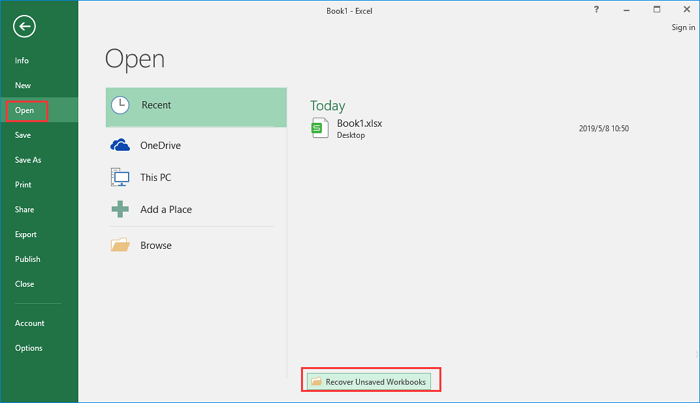
Step 5. Scroll through the list of unsaved Workbooks and open the one you want.
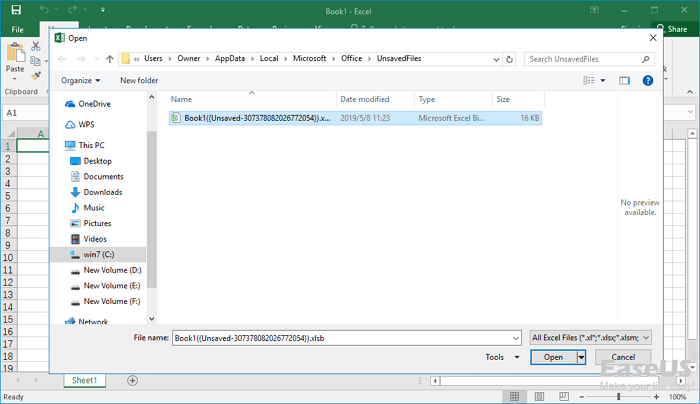
Step 6. Hit the "Save As" button to recover the.
By default, Excel saves Excel temporary files - a copy of all the unsaved files at the following location:
C:\Users\[YourSystemName]\AppData\Local\Microsoft\Office\UnsavedFiles
In the above address, you need to replace [YourSystemName] with the name of your system. This folder saves copies of Excel files. You can also access this folder directly to perform unsaved Excel document recovery.
Method 2. How to Recover Updated Excel Files
This method would work if you have previously saved the file before Excel or the system crashed. You can have the previously saved file, but you lose the changes you made. Now, follow the steps below to recover the updated Excel file.
Step 1. Open the Excel application, find "Recovered" and click "Show Recovered Files".
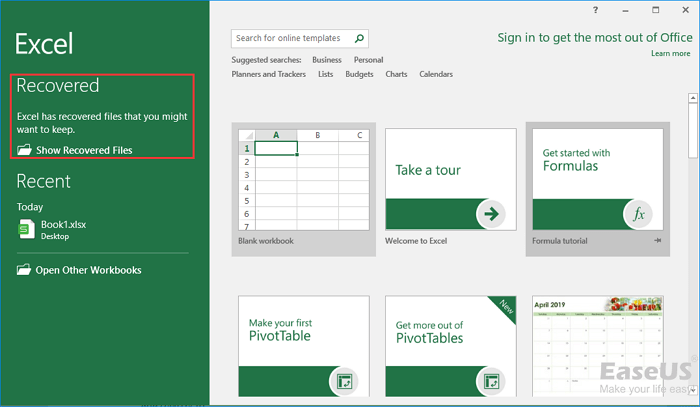
Step 2. The "Document Recovery" pane will display the unsaved files. Open and save the Excel file you need.
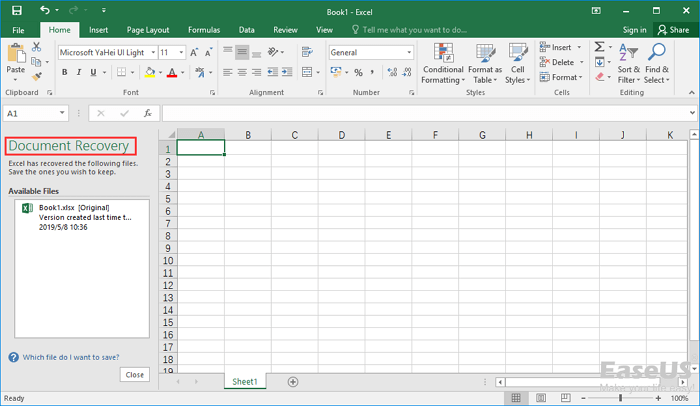
Method 3. How to Recover Unsaved Excel from Previous Versions
This method applies to this situation - you have a saved Excel file and you update the data. But what you really want is the old version of the Excel file. If you are using Excel 2010 and versions after that, you can get the previous versions of Excel with the steps below.
Step 1. Open Excel, and click "File" > "Info" > "Manage Workbook".
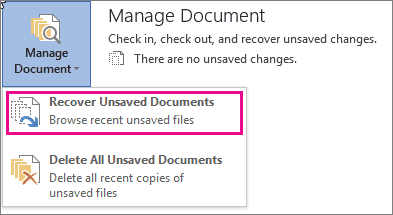
Step 2. Click "Recover Unsaved Workbooks" from the drop-down menu.
Step 3. Click on the version you want to restore and click "Open".
Step 4. In the bar at the top of the file, click "Save As" to save the file.

You need to make sure that the AutoRecover option is enabled to make this method work.
Method 4. How to Recover Overwritten Excel Files
Storing important files in the cloud can help to prevent data loss in the event of a hardware failure or other catastrophe. OneDrive and DropBox are two popular cloud storage services that offer a convenient way to back up files and access them from anywhere.
How to Recover Overwritten Excel Files from OneDrive
When it comes to storing Excel files, OneDrive is a great option. It offers 2 GB of storage for free, and users can purchase additional storage if needed. It keeps track of prior versions of files, so users can restore an older version if necessary. To recover your unsaved Excel file from OneDrive, follow these steps:
Step 1. Enter the OneDrive official page and sign in to your account.
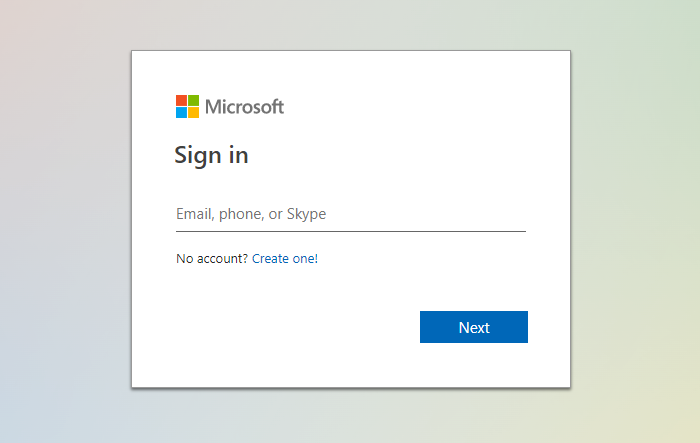
Step 2. Click on the folder you saved your file in (in our case, that's Documents).
Step 3. Find the Excel document you're looking for, and right-click it.
Step 4. Select "Version History". You can see all the previous versions of the file in the pane on the left.
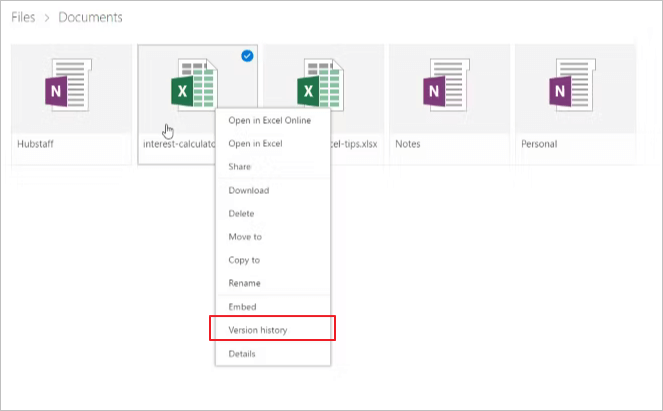
Step 5. Find the one you're looking for, and select "Restore" to overwrite the current version, or click "Download" to download a copy of that version.
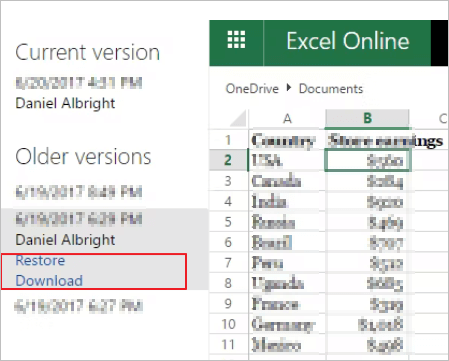
How to Recover Overwritten Excel Files from DropBox
DropBox also offers 2 GB of storage for free, but it caps file sizes at 100 MB. As a result, users with large Excel files may need to upgrade to a paid plan. For users who need to recover overwritten Excel files, DropBox also offers a convenient and reliable solution. To get the previous version of the Excel file from DropBox, follow the steps below.
Step 1. Log into DropBox.
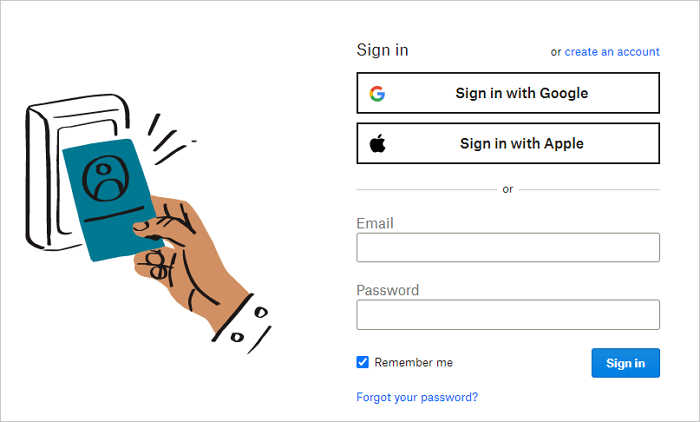
Step 2. Click on the three dots for the file for which you want to see the previous versions.
Step 3. Click the" Version History" option.
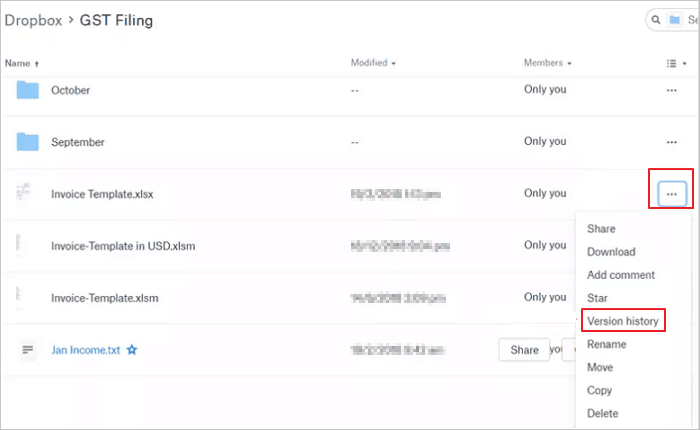
Step 4. Open and download the Excel data from DropBox.
No doubt, Microsoft OneDrive, and DropBox are great tools for storing and sharing files. You don't have to worry if you regularly back up your office files to these powerful cloud services.
Method 5. Restoring Previous Versions of the Excel from File History
If you accidentally delete or make changes to an Excel file that you later regret, you can use File History to restore a previous version of the file. Make that you've enabled File History, and then restore Excel data with the steps.
Step 1. Navigate to your file in Windows Explorer.
Step 2. Right-click the file and select "Previous Versions".
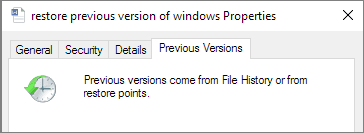
Another window will appear, and you'll see any previous versions that you can restore. If you haven't turned on File History and haven't created a restore point, you can't retrieve any data.
Method 6. How to Retrieve Unsaved Excel Files with Data Recovery Software
Losing an unsaved Excel file can be frustrating, especially if you've spent a lot of time working on it. However, there is still hope - you may be able to recover XLSX/XLS files using data recovery software. Data recovery software can scan your hard drive for lost or deleted Office files and recover them if possible. Qiling data recovery software is one of the most popular data recovery programs available.
- It offers a variety of features that make it a valuable tool for anyone who needs to recover lost data.
- It supports a wide range of file types, making it possible to recover photos, videos, documents, and more.
- With it, you can perform Excel corrupted file recovery, undelete Excel files, and run Excel password recovery.
- The software also includes a preview feature that allows you to view recovered files before saving them.
Overall, Qiling data recovery software is an excellent choice for anyone who needs to recover lost or deleted Excel files. Read on to carry out Excel recovery with Qiling file recovery software.
Step 1. Choose file types and click "Next" to start
Launch Deep Data Recovery. Choose file types and click "Next" to start.

Step 2. Select location and click "Scan"
Choose the drive or a specific folder on Desktop or somewhere else where you lost the excel files, and click the "Scan" button.

Step 3. Locate your excel files
To quickly find the Excel files from the scan results, click the "Documents" option in the left panel. Choose "Excel", and click "Preview" to check if the Excel files are the wanted ones.

Step 4. Recover Excel files
Finally, select the desired Excel files and click the "Recover" button. Then, select a folder to save the Excel files to another location.
How to Recover Unsaved Excel Files on Mac
When it comes to a Mac user, things could be a little different. There are a few different ways that you can go about recovering an unsaved Excel file on Mac.
Method 1. Restore Unsaved Excel File from the Temporary Folder
The first thing to do is simply look for the file in the temporary folder. This folder should contain a list of all of the recently saved Office files.
- Go to "Applications" > "Utilities" > "Terminal".
- Type open $TMPDIR and press "Return" to open the Temporary files folder. Select the folder named "TemporaryItems".
- Find the unsaved Excel file under "TemporaryItems" and restore.
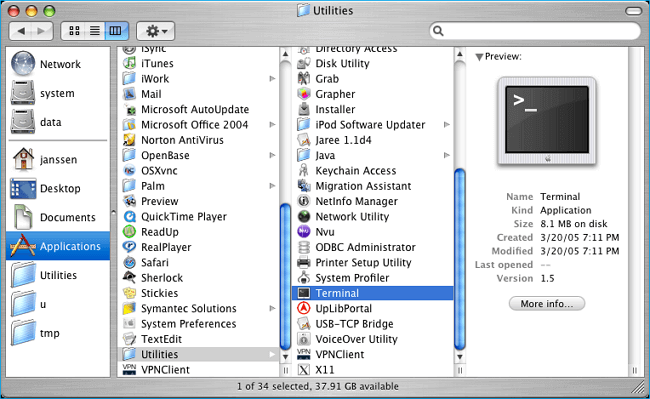
Method 2. Recover Lost or Unsaved Excel Files from AutoSave
If the file you're looking for isn't in the Temporary folder, then your next best bet is to try opening up the Microsoft Office AutoSave folder. From here, you should be able to locate the unsaved file and open it up.
- Go to "Applications" >" Utilities" > "Terminal".
- Type defaults write com.apple.Finder AppleShowAllFiles true.
- Click "Finder" > press "Return" on your Mac.
- Type /Users/username/Library/Containers/com.microsoft.Excel/Data/Library/Preferences/AutoRecovery and click "Go" to open Excel's AutoRecovery folder.
- Find the unsaved spreadsheet files and recover them to another safe location on Mac.
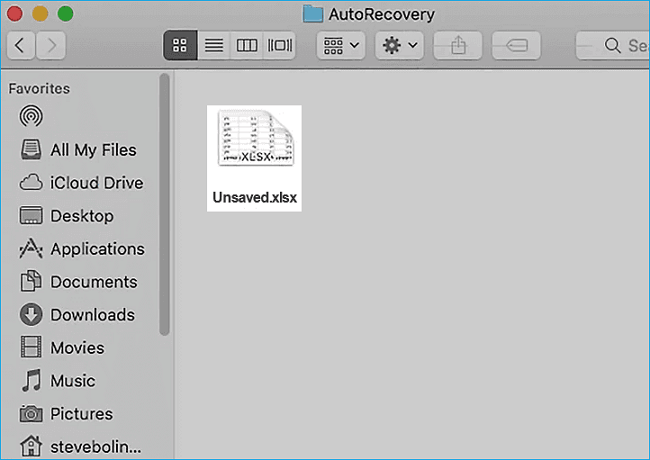
If neither of these methods works, then your last resort would be to use Mac data recovery software to scan your hard drive for any lost or deleted Excel files.
Full Guide
Still have problems? Click here to learn how to recover unsaved excel files on Mac.
Precautions to Avoid Excel Data Loss - AutoSave
As anyone who has ever lost an important Excel spreadsheet can attest, data loss is a serious issue. Whether due to a power outage, system crash, or simply user error, the consequences of losing valuable data can be severe. This is why it is so important to enable Excel AutoSave.
Excel AutoSave automatically saves a copy of your workbook at regular intervals, ensuring that you will always have a backup in case of an unexpected event. To enable AutoSave, simply click the "File" tab and select "Options". In the Save category, check the box next to Save AutoRecover information every _ minutes.
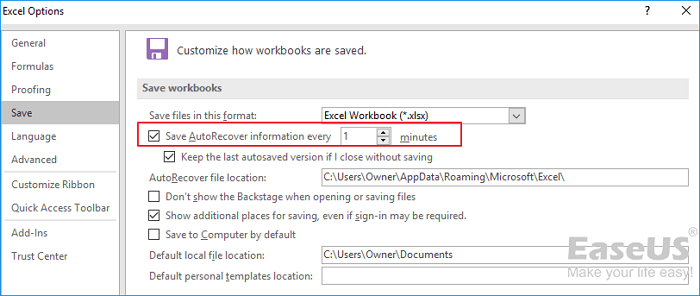
You can also choose how often you would like Excel to save your workbook by changing the number of minutes in the text box. In addition to enabling AutoSave, there are several other steps you can take to avoid Excel data loss.
1. Save your workbook regularly.
Even though Excel will save your workbook automatically, it's always a good idea to save manually as well. This way, you can be sure that your latest changes are always saved.
2. Back up your workbook.
In addition to saving the workbook regularly, it's also a good idea to back up your workbook periodically. This way, you'll have an extra copy of your data in case something happens to your original file.
3. Avoid working files without first creating a backup.
This way, if something does happen to the file, you will still have a copy to fall back on.
4. Save Excel files in multiple formats
Finally, it's always a good idea to save your files in multiple formats. If one Excel becomes corrupted or unreadable, you'll still have access to your data in another format.
Conclusion
Excel is a powerful tool for organizing and analyzing data, but it's also susceptible to data loss. If you accidentally close an unsaved Excel file, or if your computer crashes while you're working on a file, you may be able to recover your work using Excel's AutoRecover feature. To maximize your chances of recovering unsaved Excel work, make sure that AutoRecover is turned on and you know where the recovery files are stored. With a little luck, you should be able to get your work back.
Related Articles
- Chrome History: How to View, Delete, and Recover
- SD Card Repair on Windows 10 and Android
- Fix Hard Disk Not Detected/Recognized on Windows 10
- macOS Update Ultimate Guide: How to Update OS on All Models of Mac